
Data
Guides
What is account aggregation?
Read more
Learn more about open banking, explore use cases, and stay up-to-date on industry and company news...all in one place
Filter by:

Read more
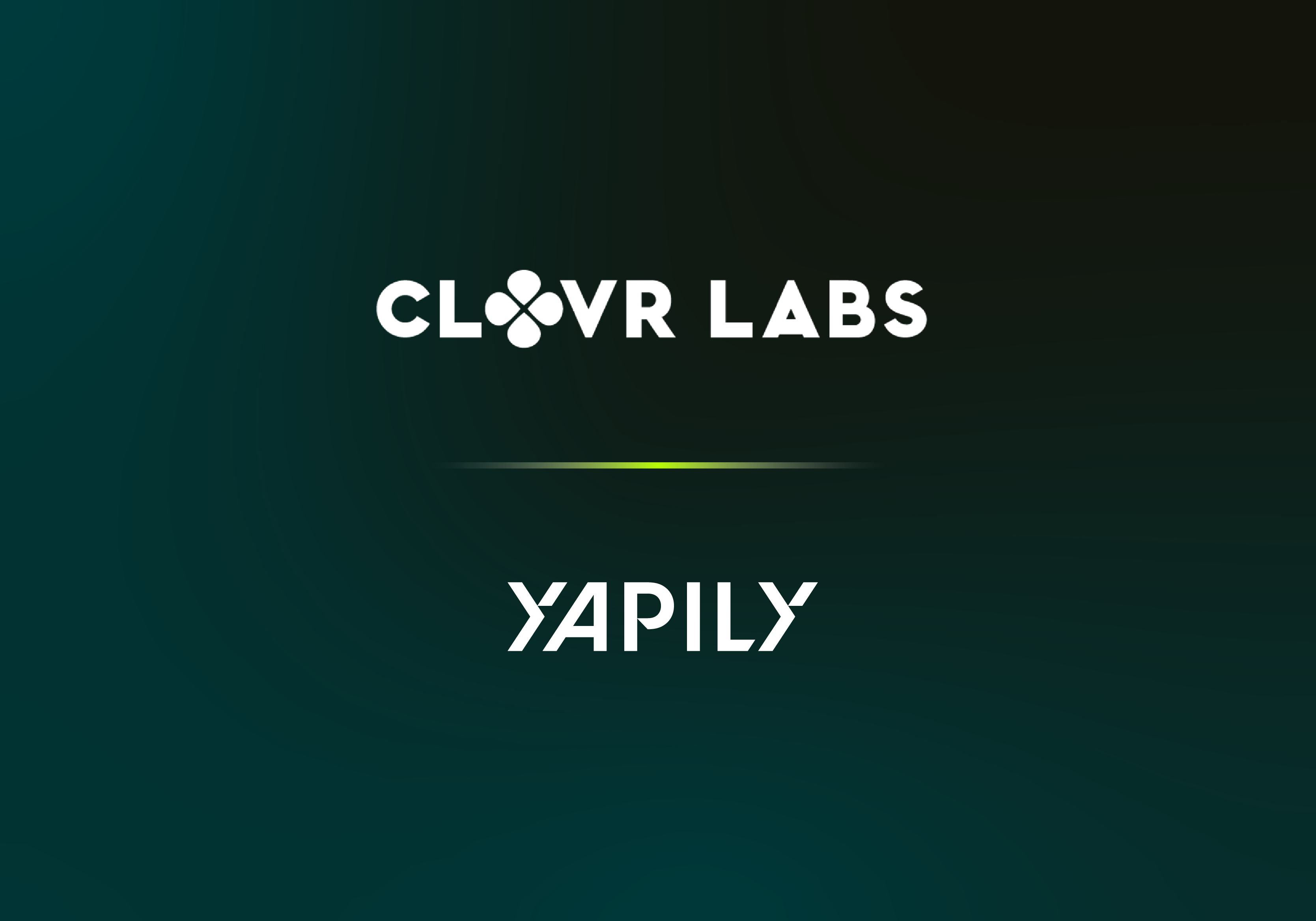
Read more
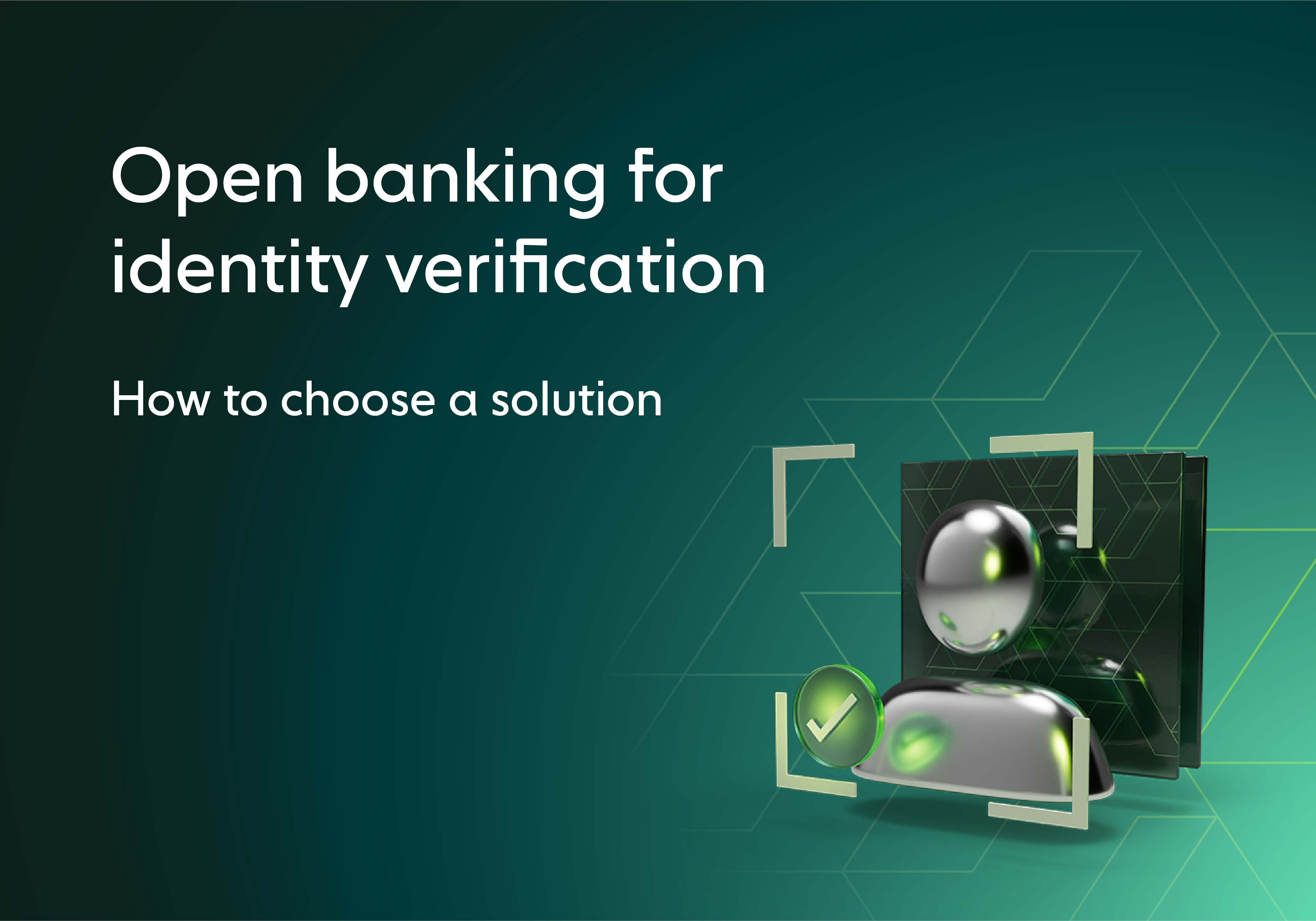
Read more
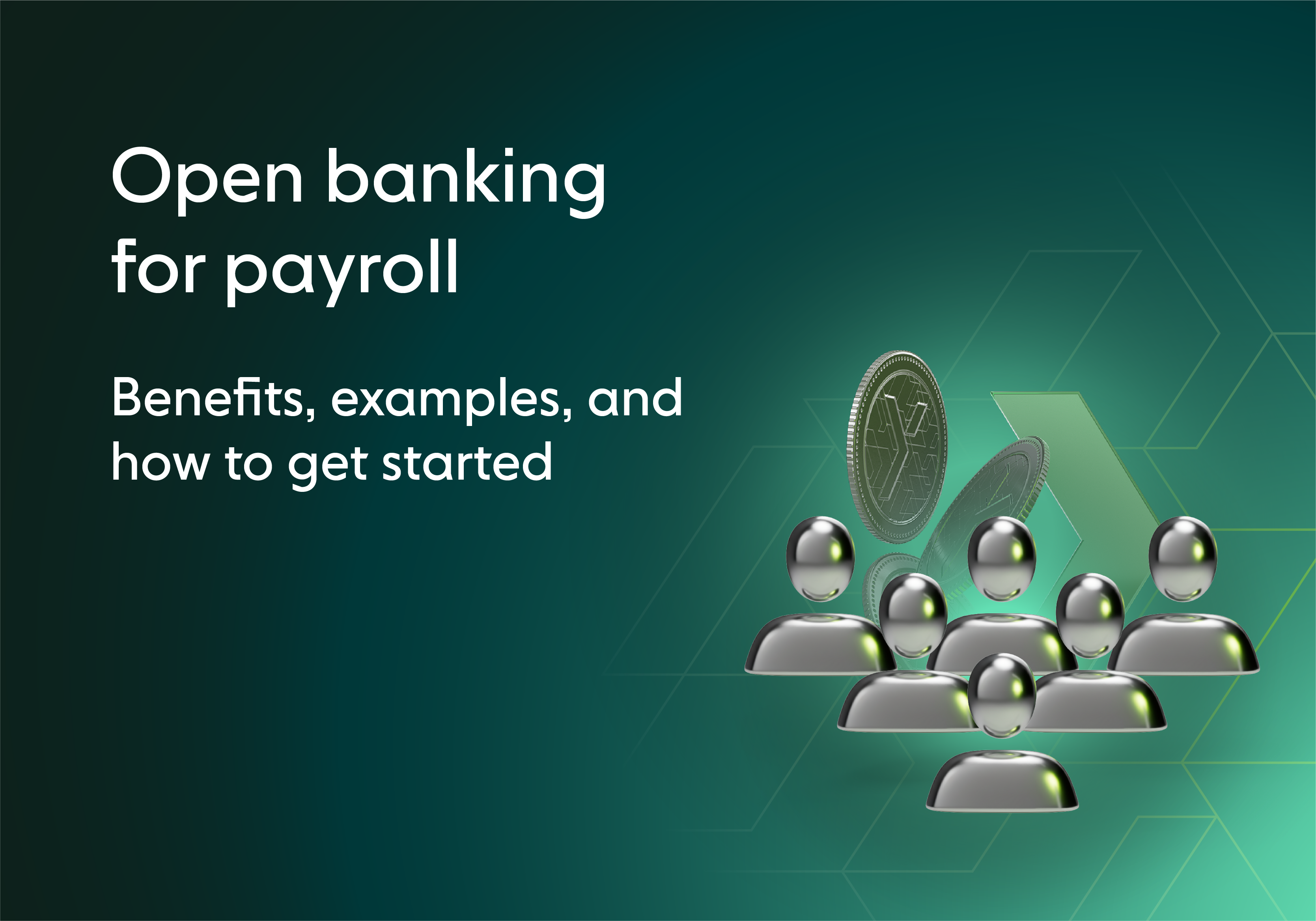
Read more
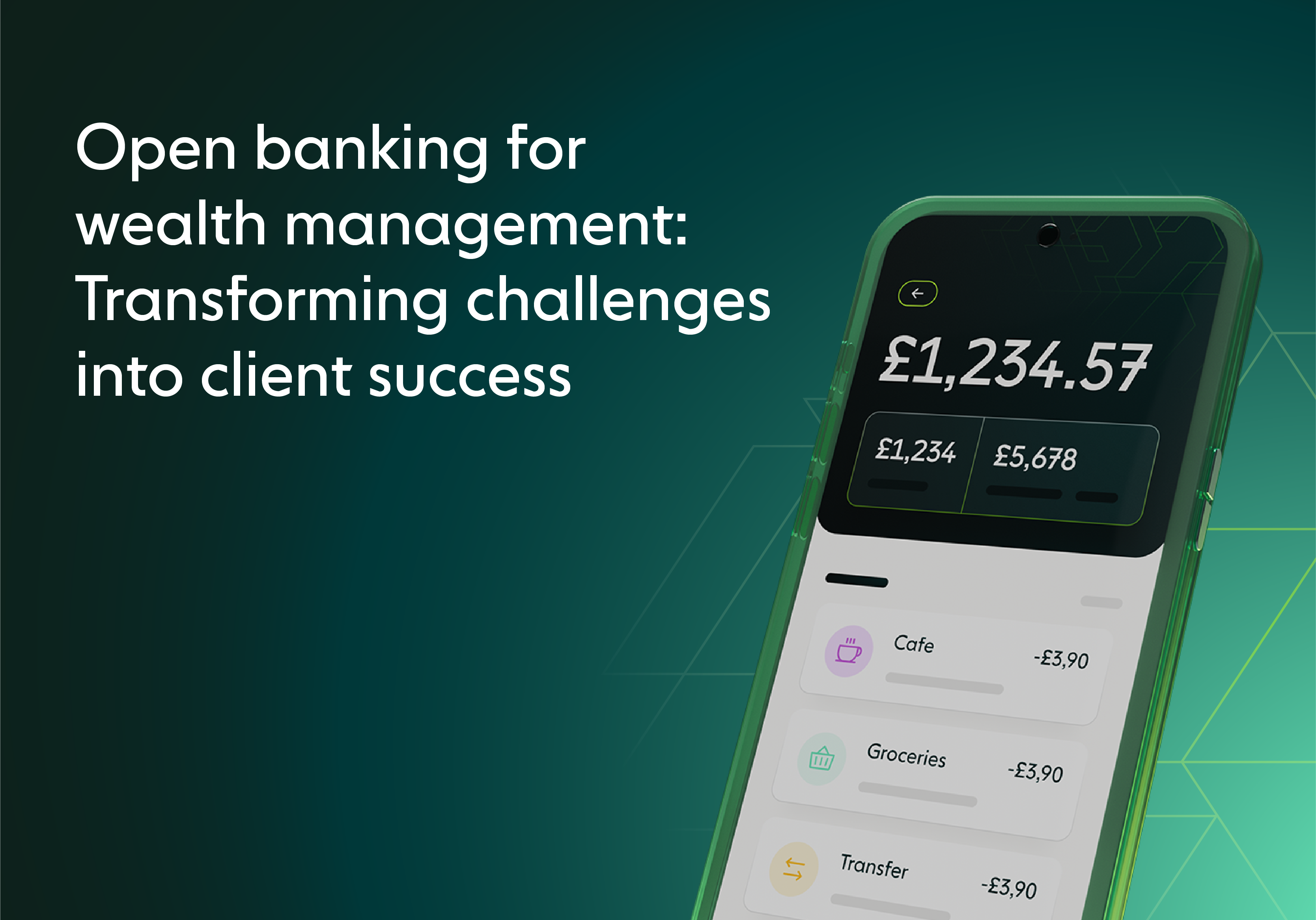
Read more
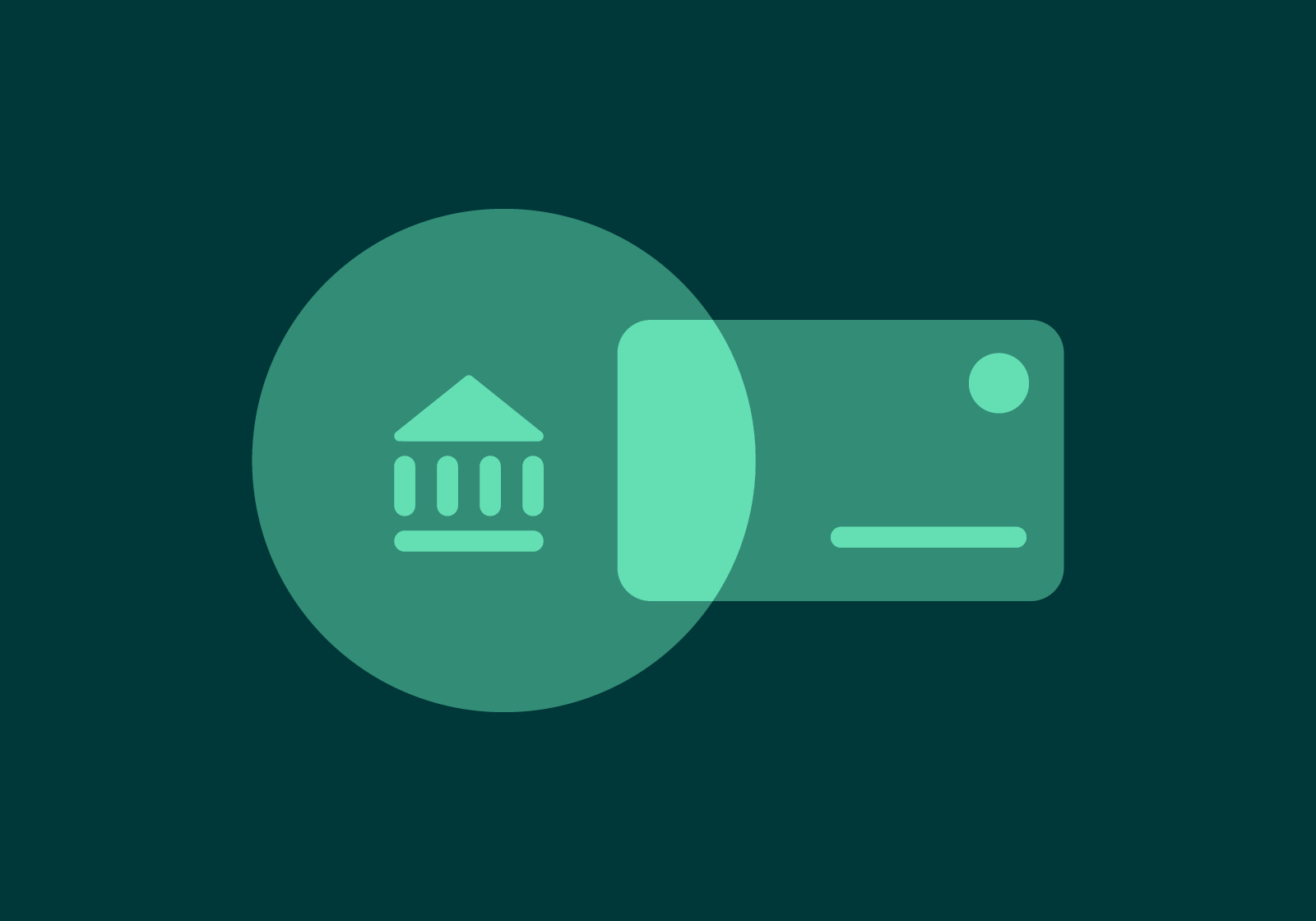
Read more
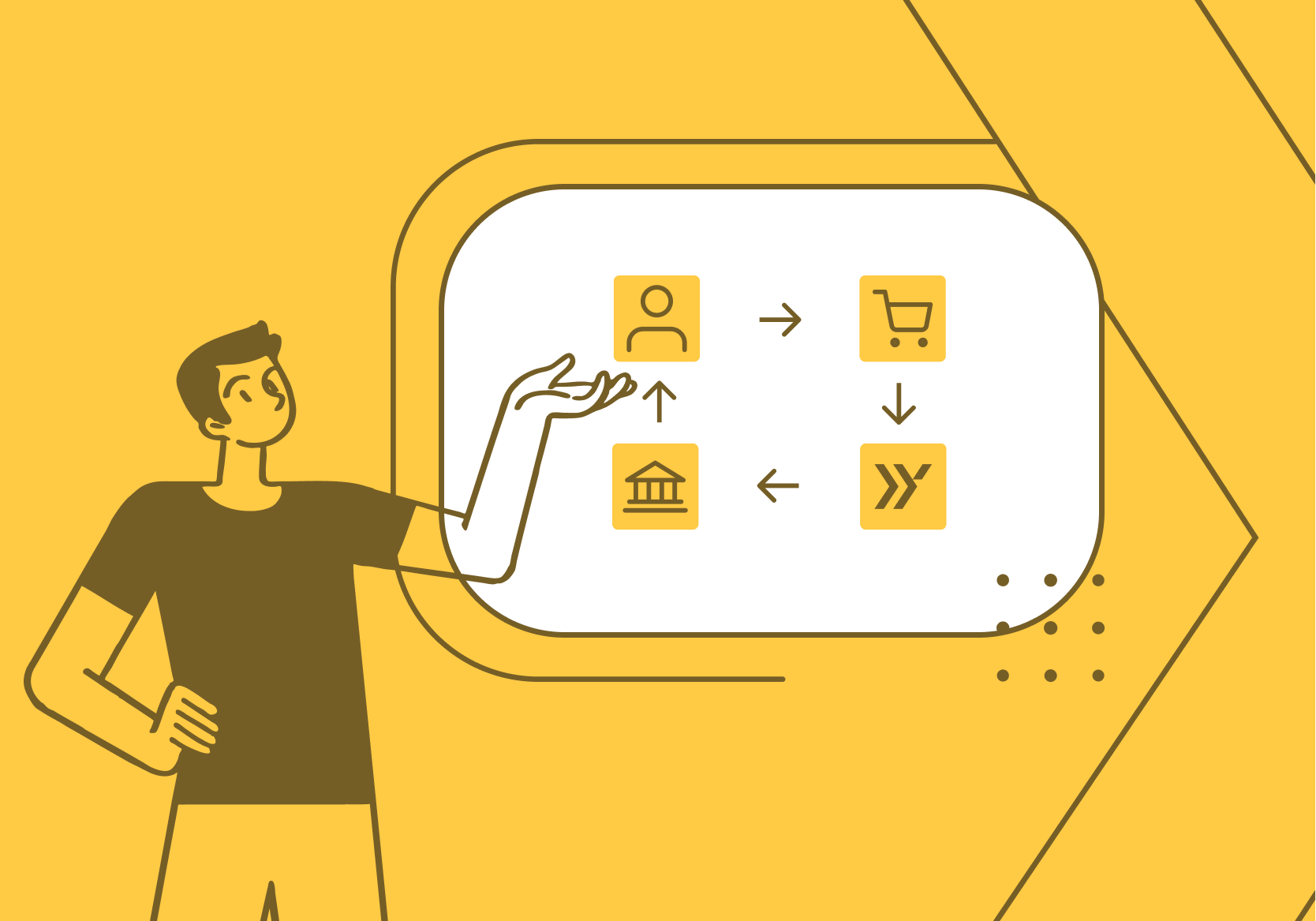
Read more

Read more

Read more

Read more
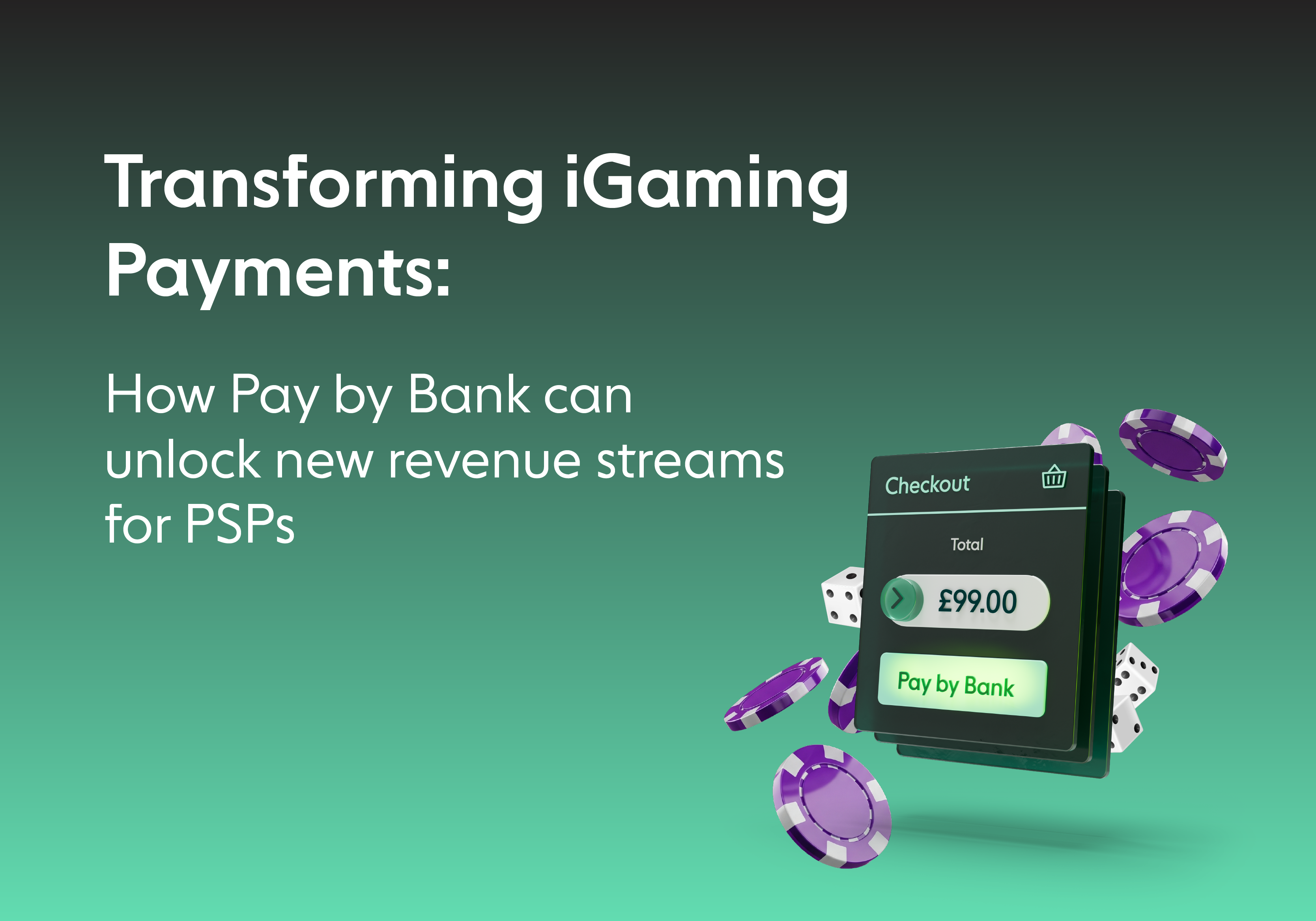
Read more
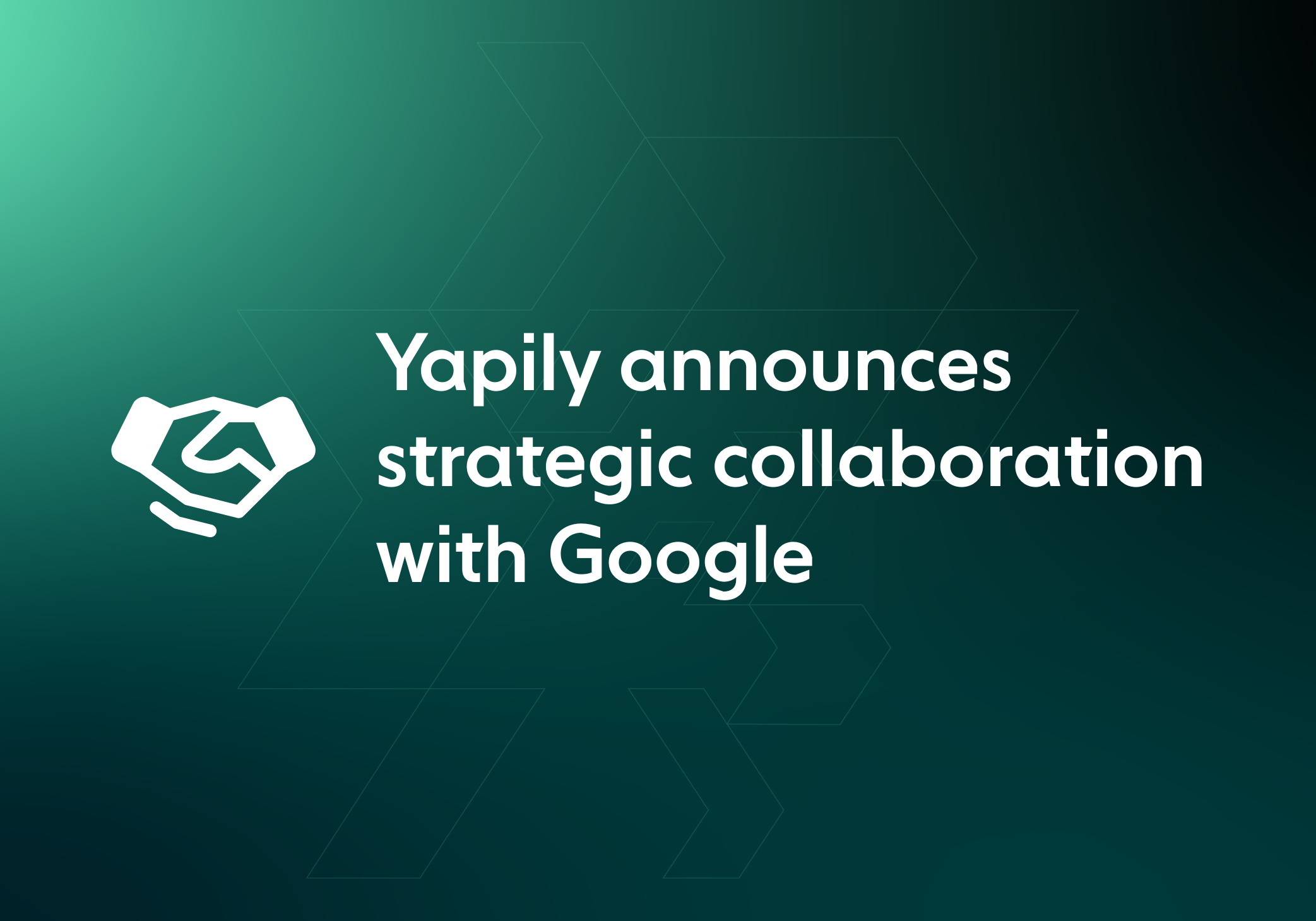
Read more